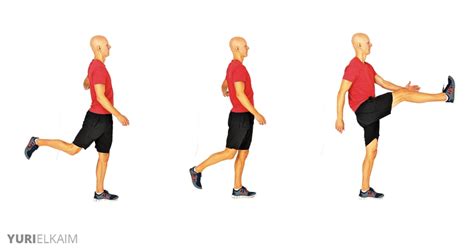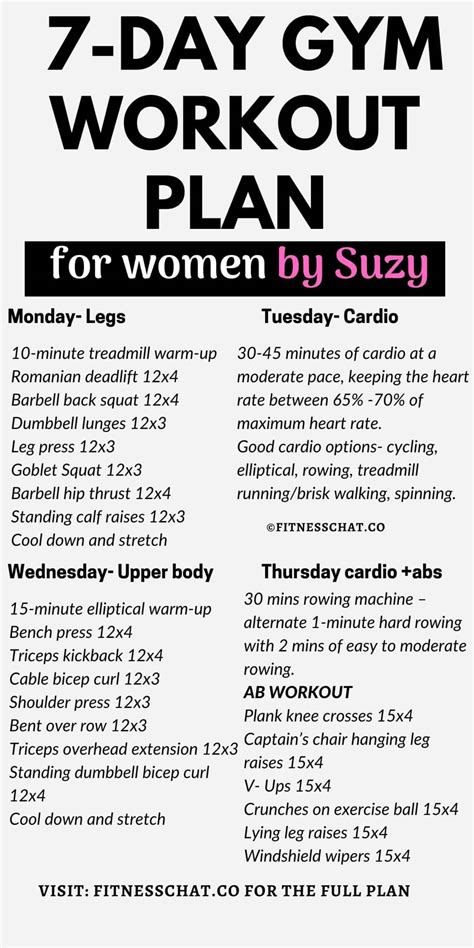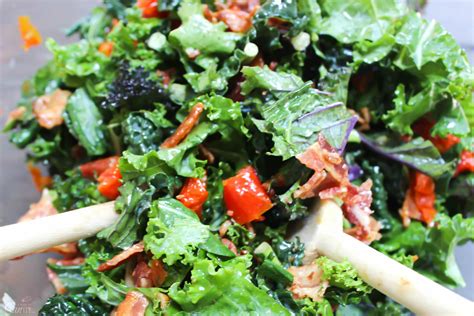Unlock Your Potential: Train Smart, Lift Strong
For men hitting the gym, the pursuit of strength gains is often a primary motivator. However, the path to bigger muscles and heavier lifts is fraught with potential pitfalls if not approached correctly. Improper form and a lack of awareness can lead to debilitating injuries that halt progress and even sideline you indefinitely. This guide is designed to equip you with the knowledge to not only prevent common gym injuries but also to refine your lifting technique, ensuring every rep contributes safely and effectively to your strength goals.
The Foundation: Injury Prevention First
Before you even think about adding more weight, solid injury prevention strategies must be in place. This isn’t just about avoiding pain; it’s about building a sustainable and progressive training regimen.
Prioritize Proper Warm-up & Cool-down
Never skip your warm-up. A dynamic warm-up, involving light cardio and movement-specific stretches, prepares your muscles, joints, and nervous system for the impending stress of lifting. Similarly, a cool-down with static stretches helps improve flexibility and aids in recovery. Neglecting these crucial phases is an open invitation for strains and sprains.
Listen to Your Body & Avoid Ego Lifting
One of the biggest culprits of gym injuries is ego. Lifting more weight than you’re ready for, or pushing through sharp pain, is counterproductive. Learn to differentiate between muscle fatigue and joint pain. If something feels off, lighten the load, adjust your form, or take a rest day. Consistency over intensity is key for long-term progress.
Master Progressive Overload Safely
Progressive overload—gradually increasing the demands on your body—is essential for growth. However, this must be done intelligently. Instead of always adding weight, consider increasing reps, sets, time under tension, or improving your form with the current weight. Small, consistent increases reduce the risk of injury while still stimulating adaptation.

Optimizing Lifting Form for Maximum Gains
Good form isn’t just for avoiding injury; it’s also how you efficiently target muscles and maximize strength output. Sloppy reps cheat you out of potential gains.
Core Principles: Bracing, Posture, and Stability
- Bracing: Before any major lift, brace your core as if preparing for a punch. This creates intra-abdominal pressure, stabilizing your spine and protecting your lower back.
- Posture: Maintain a neutral spine. Avoid excessive arching or rounding. Shoulders should be pulled back and down, not hunched forward.
- Stability: Engage your glutes and maintain a strong base. Drive through your heels on squats and deadlifts, and use your lats to stabilize on bench press.
The Big Three: Squat, Bench, Deadlift (and variations)
These compound movements form the backbone of most strength programs. Mastering their form is paramount.
Squat Form Essentials
Keep your chest up, drive your hips back and down as if sitting in a chair. Aim for at least parallel depth (hips below knees), ensuring your knees track in line with your toes. Drive through your heels on the way up, squeezing your glutes at the top.
Bench Press Fundamentals
Lie with your eyes under the bar, feet flat on the floor, and a slight arch in your lower back. Retract your shoulder blades and keep them pinned throughout the lift. Lower the bar to your mid-chest, driving it back up by pressing your feet into the floor and pushing the bar away.
Deadlift Technique Focus
Start with the bar over the middle of your feet. Hips should be lower than shoulders. Maintain a neutral spine, brace your core, and initiate the lift by driving through your heels, pulling the bar off the floor by extending your hips and knees simultaneously. Keep the bar close to your body throughout the movement.

Full Range of Motion (ROM) is Key
While partial reps can have their place in advanced programming, for general strength and muscle growth, a full range of motion is generally superior. It ensures you’re working the muscle through its entire contractile range, promoting better flexibility and functional strength. Don’t sacrifice ROM for heavier weight.
Beyond the Lift: Recovery and Mind-Muscle Connection
Your work isn’t done when the last rep is finished. Recovery and mental focus play massive roles in progress and injury prevention.
The Power of the Mind-Muscle Connection
Focus on feeling the target muscle work during each rep. Instead of just moving the weight from point A to point B, concentrate on contracting and stretching the specific muscle. This enhances muscle activation and can lead to more effective training.
Prioritize Rest and Recovery
Muscles grow stronger during rest, not during the workout. Aim for 7-9 hours of quality sleep per night. Incorporate active recovery (e.g., light walks, foam rolling) to improve blood flow and reduce soreness. Overtraining leads to diminishing returns and increases injury risk.

Fuel Your Body Right: Nutrition & Hydration
A balanced diet rich in protein, complex carbohydrates, and healthy fats provides the building blocks for muscle repair and energy. Adequate hydration is also crucial for performance, joint health, and overall bodily functions. Neglecting nutrition and hydration compromises your recovery and strength.
When to Seek Professional Guidance
Don’t hesitate to consult a certified personal trainer, strength coach, or physical therapist if you’re unsure about your form, experiencing persistent pain, or hitting a plateau. An expert eye can spot subtle errors you might miss and provide personalized guidance.

Conclusion: Consistency, Form, and Patience
Preventing gym injuries and optimizing your lifting form are not distinct goals but rather two sides of the same coin. By prioritizing proper technique, listening to your body, embracing smart progressive overload, and committing to adequate recovery, you lay the groundwork for sustainable strength gains. Remember, true strength is built with patience, precision, and unwavering dedication to smart training. Stay safe, stay strong, and enjoy the journey to a more powerful you.





